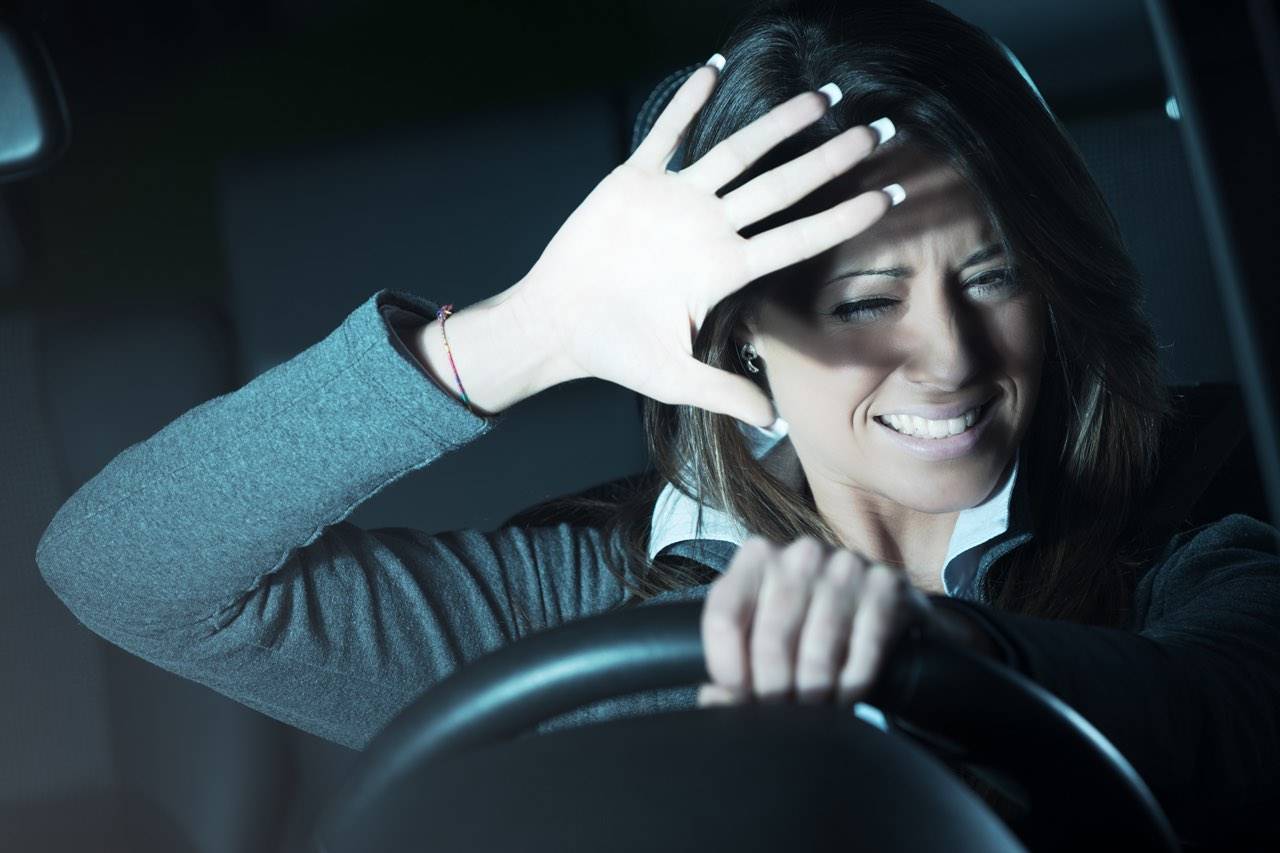As we age, our ability to see and react to visual stimuli naturally declines, even if we don’t have specific vision problems. Understanding the effects of aging on your eyes and vision is crucial for maintaining safety and taking the right precautions to protect your vision.
Driving is an activity that can become risky with age. Safe driving relies on more than just good eyesight; it requires proper cognition and quick motor responses. As we get older, our reflexes, reaction time, and vision start to deteriorate, which can compromise driving safety—especially in conditions like poor weather, twilight glare, or nighttime darkness. Here are some ways aging can affect your ability to drive and some tips to stay safe on the road.
The Aging Eye
With age, the eye and vision undergo natural changes. The pupils, which control the amount of light entering the eye, shrink and dilate less, letting in less light to the retina. This results in a decline in night vision. Additionally, peripheral vision and the ability to detect moving objects decrease over time.
As the cornea deteriorates and the lens of the eye clouds, glare becomes more bothersome, and contrast sensitivity is reduced, making it harder to see clearly. Imperfections in vision, known as higher-order aberrations, cause a general decline in vision that can’t be corrected by glasses or contact lenses. Furthermore, reaction times slow, adding motor complications to the visual ones. Dry eyes also become a more significant issue as we age because the lacrimal glands produce fewer tears to keep the eyes moist. Many of these symptoms develop gradually, often unnoticed, but they increase the risk for both the driver and others on the road.
If age-related conditions like cataracts, glaucoma, or macular degeneration are present, they can further deteriorate vision, creating a dangerous situation for drivers.
Avoid Distractions
Cell phone use is a major driving distraction today. Despite laws in many states and provinces banning texting or holding a phone while driving, these distractions continue to contribute to countless accidents. Even hands-free devices can distract from the road and put drivers at risk. If you need to use your phone, pull over before doing so.
Plan Ahead
Avoid driving at night or on unfamiliar, poorly lit, or hazardous roads with sharp turns when possible. It’s best to plan first-time trips during daylight hours when street signs and landmarks are easier to see, or practice the route with a loved one before driving alone.
Purchase Night Vision Glasses
There are glasses designed to reduce nighttime glare and improve vision at night. Speak to your optometrist to determine if this is a good option for you.
Turn Vents Down
Car vents can irritate the eyes and worsen vision, especially if your eyes are already dry. The airflow can cause watering or discomfort, which increases the risk of vision issues while driving.
Maintain Good Eye Health
Regular eye check-ups are essential to monitor and treat any existing eye conditions. Good nutrition, exercise, and maintaining overall health can also help protect and improve eye health. Pay attention to your instincts—if you feel unsafe driving, or if your doctor or family members suggest it’s time to stop driving, consider alternative transportation options.
Passing a vision test at the driver’s license bureau doesn’t always reflect true visual ability, particularly in low light or poor weather conditions. Many areas offer courses for seniors where instructors assess their driving skills and provide feedback. It’s important for seniors to discuss their vision with their eye doctors and heed any recommended restrictions.
The key to preserving eye health and safety is awareness. While you can’t stop the aging process, taking the necessary precautions ensures that you protect yourself, your eyes, and those around you.


Tinggalkan Balasan